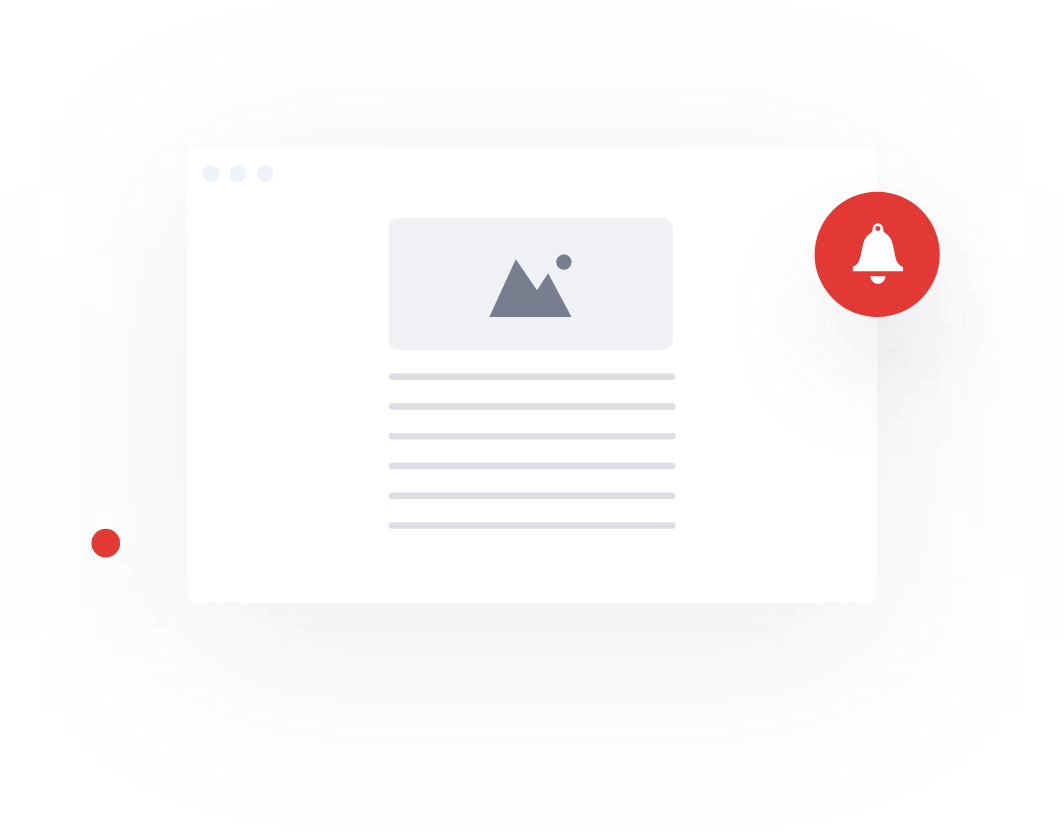Be first to know
Keep up to date with ecommerce news, trends and articles. Brought to you by Stock2Shop.
Sign up todayManaging ecommerce payments can be a complex task, especially as your business grows. Reconciling these payments within your ERP (Enterprise Resource Planning) system is essential to ensure accurate financial records and smooth operations. This step-by-step guide will walk you through the process of reconciling ecommerce payments in your ERP system, helping you maintain financial integrity and streamline your business processes.
Select an ERP system that offers comprehensive financial and inventory management functionality. Popular ERP systems that are compatible with Stock2Shop’s ecommerce integration include SAP Business One, SYSPRO, Microsoft Dynamics, and many of the Sage Pastel solutions.
First, ensure your ecommerce website has a suitable payment gateway installed. This will give your customers a way to pay via credit card (or instant EFT) online, instantly updating the order status to “paid” on your website.
Second, ensure that your ERP is integrated with your ecommerce platform. Stock2Shop’s integration service ensures that all retail ecommerce orders are automatically raised into your accounting system as invoices (or sales orders), with the website order reference synced to the invoice reference field.
In your ERP system, configure the settings related to ecommerce transactions. This includes specifying taxes rates and default accounts for sales revenue and shipping fees.
As customers place orders on your ecommerce platform, the order data will flow into your ERP system via Stock2Shop.
Payment gateways charge fees for processing transactions which will be listed in your payment gateway reports. They should be reconciled when importing your report to your ERP, otherwise you may have to account for this manually.
These entries should appropriately reduce your sales revenue and reflect the fees as expenses.
Perform ecommerce payment reconciliation regularly, ideally on a weekly or monthly basis. This prevents discrepancies from accumulating and ensures accurate financial reporting.
Utilise your ERP’s reporting capabilities to generate accurate financial statements. These reports should reflect reconciled ecommerce payment data, providing insights into sales, expenses, profits, and other key metrics.
The above steps are a guide on how to effectively reconcile ecommerce payments in your ERP system. This process enhances financial accuracy, improves decision-making, and enables you to focus on growing your eCommerce business with confidence.
Important: Each ERP, ecommerce platform and payment gateway will have different functionality and capabilites. Please consult experts on the specific systems you are using to for the most accurate and up to date advice.

Keep up to date with ecommerce news, trends and articles. Brought to you by Stock2Shop.
Sign up todayUnderstanding product data is essential for a successful ecommerce business. Here’s an overview of the most important elements of product data you need to understand.
Read MoreCategorising products correctly is a major pain point for many ecommerce websites. Layered navigation is the solution: find out how – and why – to implement it
Read MoreWant to find out exactly how Stock2Shop can make your business more efficient and streamlined?
Contact Us